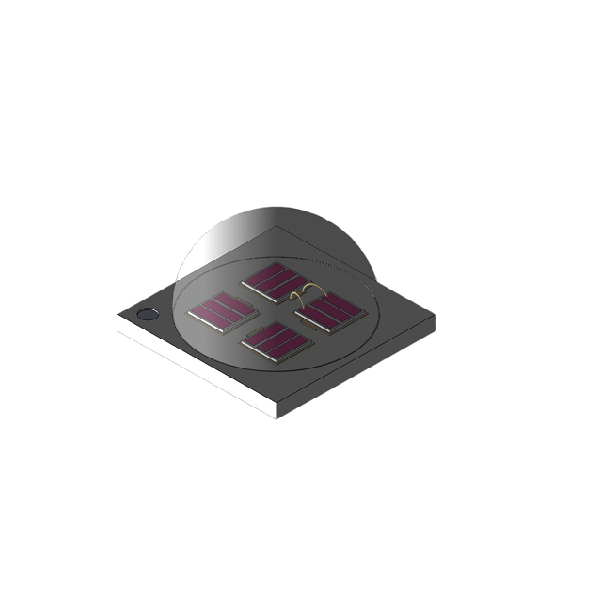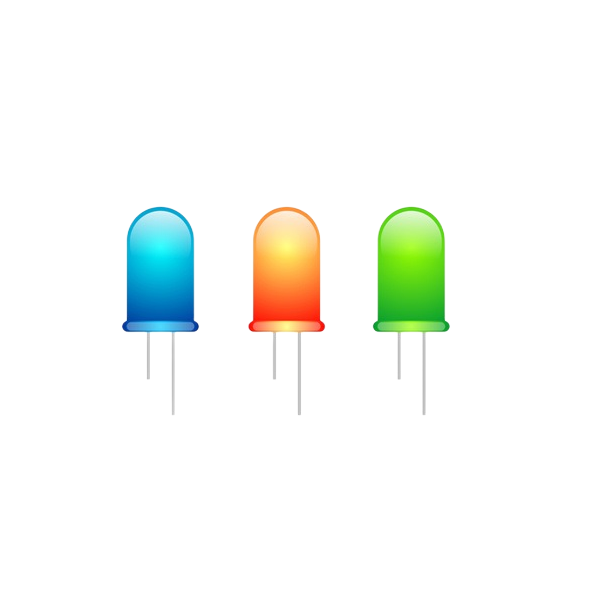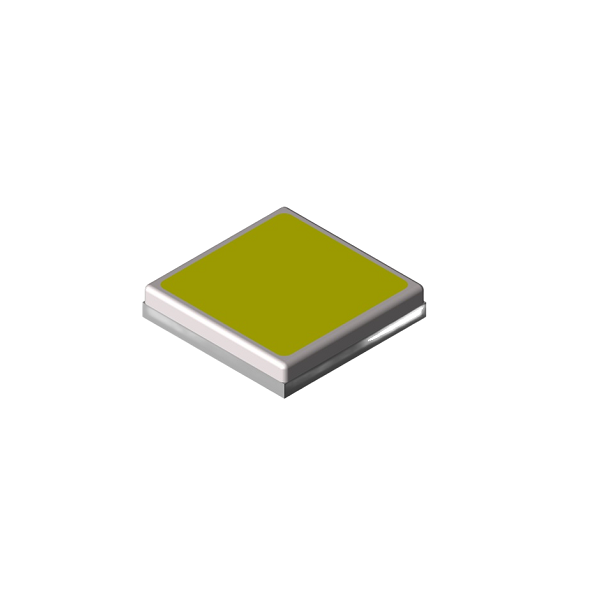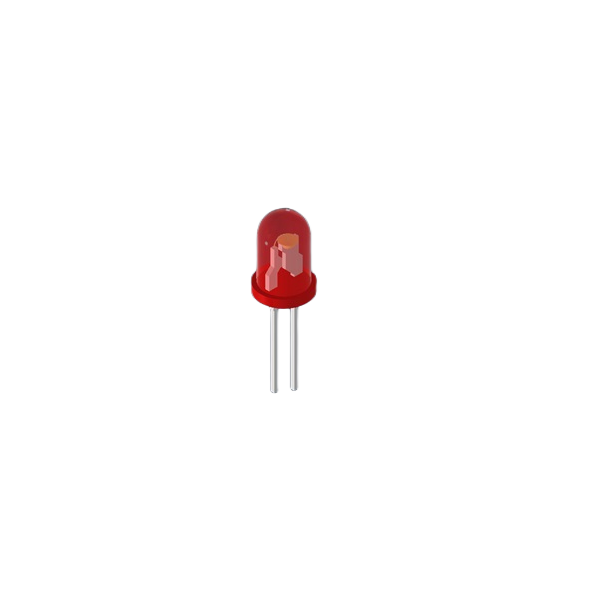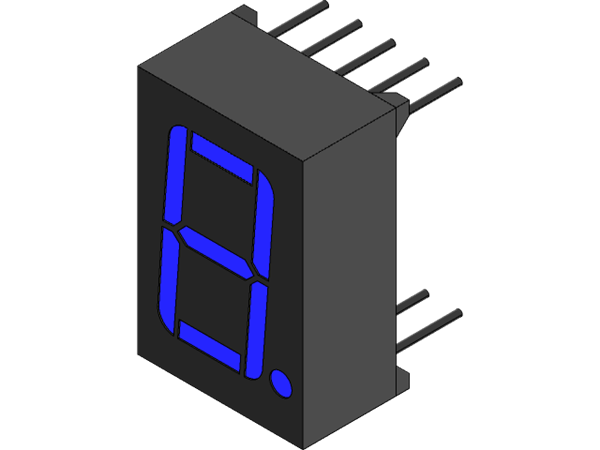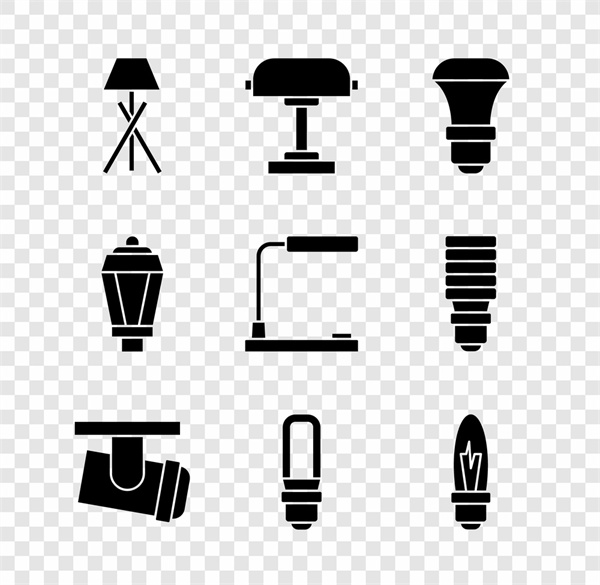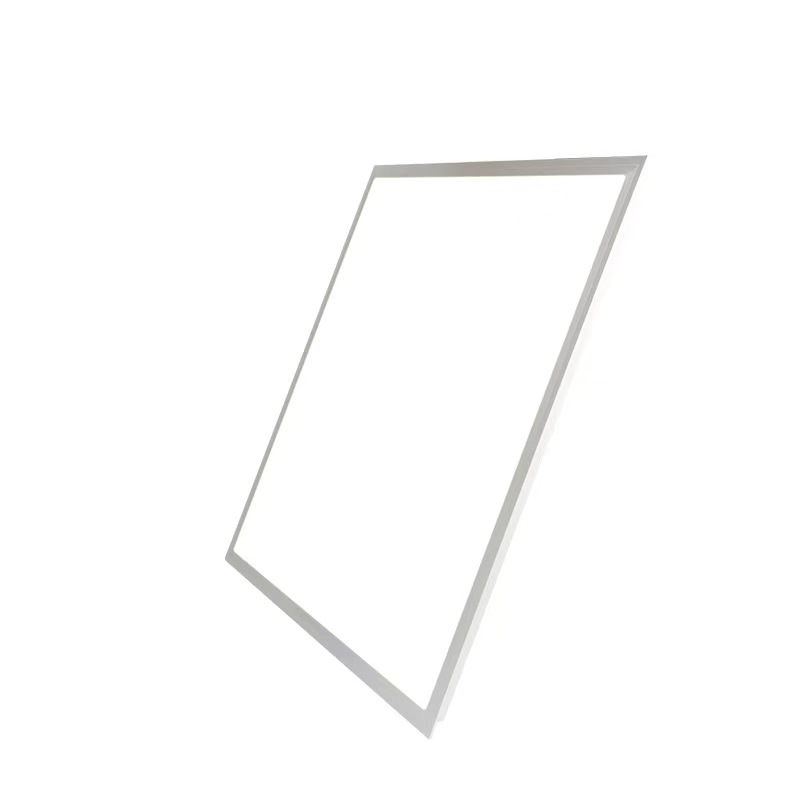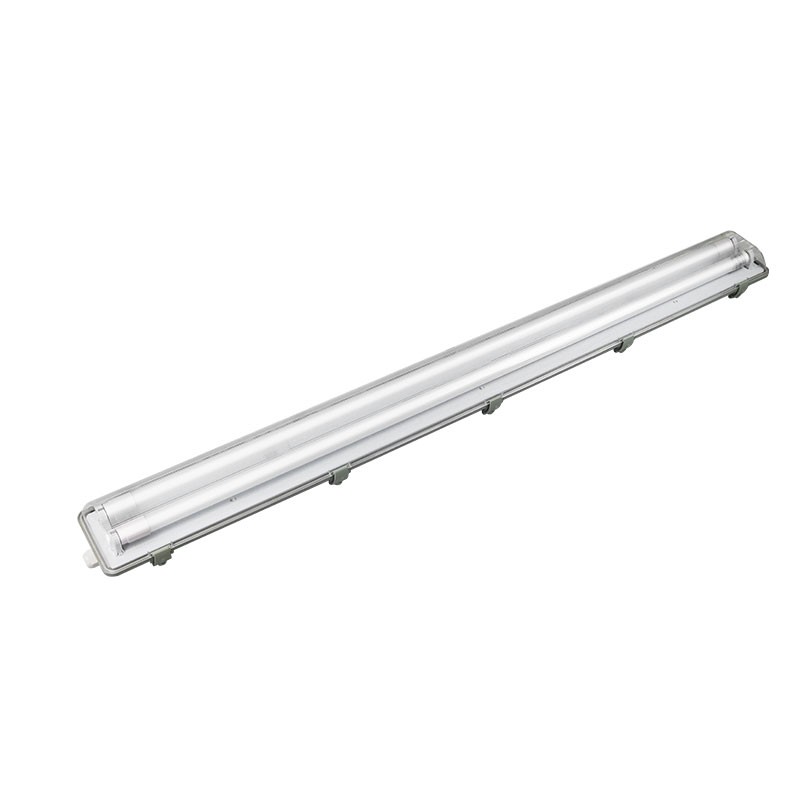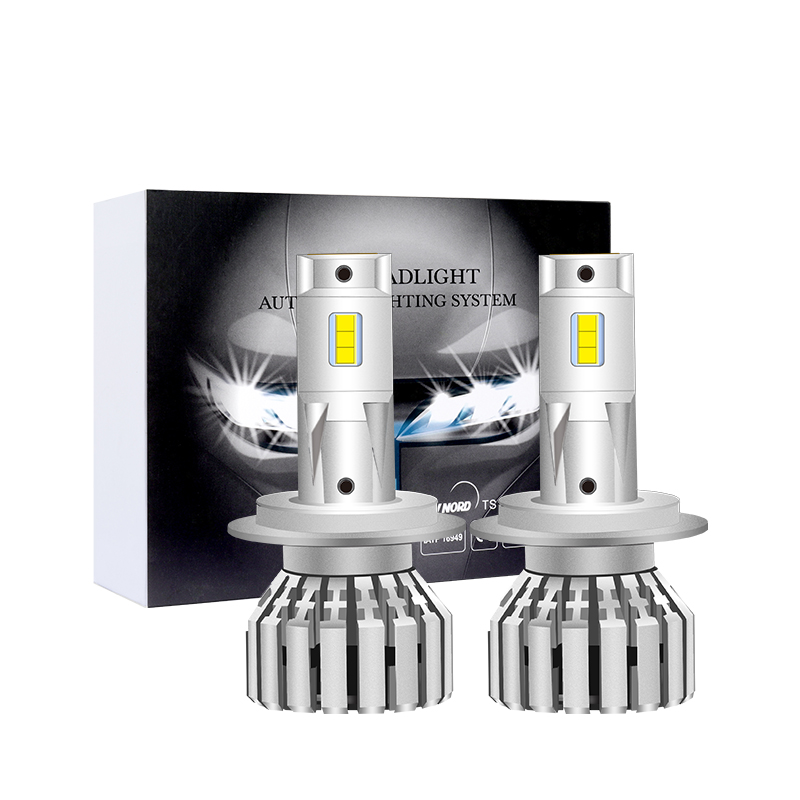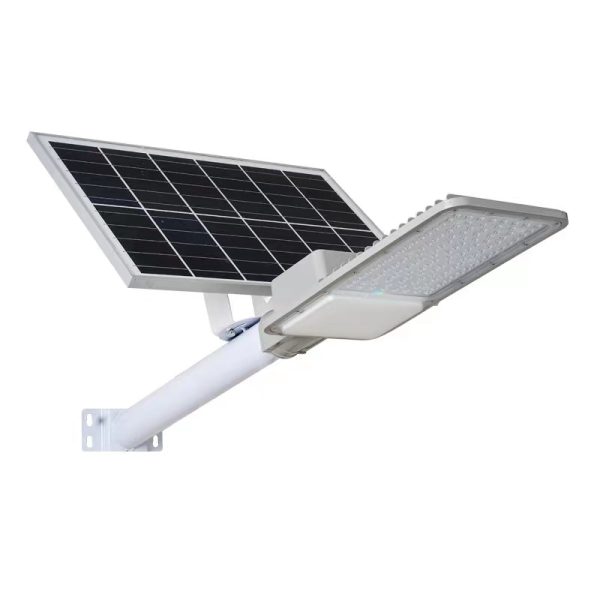What do you mean by LED display
Displays, also known as Nixie tubes, are electronic devices that display numbers and other information. The glass tube contains an anode made of wire mesh and multiple cathodes. Most nixie tube cathodes are in the shape of numbers. The tube is filled with a low-pressure gas, usually mostly neon with some mercury and/or argon. Charge a certain cathode, and the digital tube will emit colored light, which is usually orange or green, depending on the gas in the tube.
Application range
Displays are one type of display screens. By inputting relative currents to different pins, they will light up, thus displaying numbers that can display time, date, temperature and other parameters that can be expressed digitally.
Because of its cheap price and simple use, it is widely used in the field of electrical appliances, especially home appliances, such as air conditioners, water heaters, refrigerators and so on. Most water heaters use digital tubes, and other home appliances also use LCD screens and fluorescent screens.
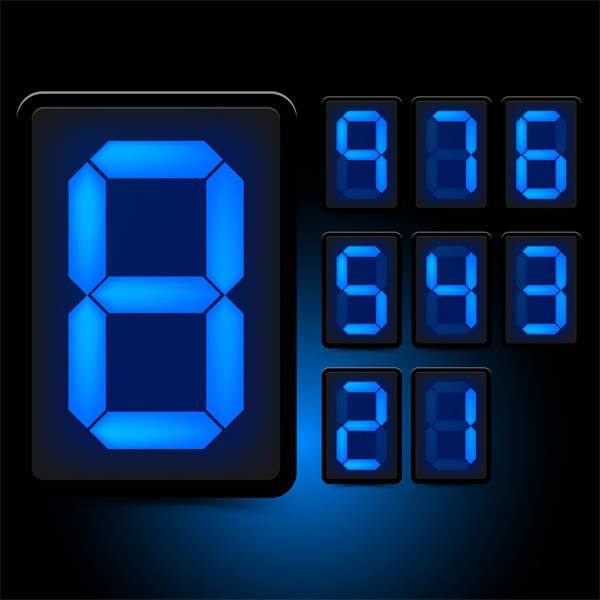
introduce
Displays, also known as Nixie tubes, are electronic devices that display numbers and other information. The glass tube contains an anode made of wire mesh and multiple cathodes. Most nixie tube cathodes are in the shape of numbers. The tube is filled with a low-pressure gas, usually mostly neon with some mercury and/or argon. Charge a certain cathode, and the digital tube will emit colored light, which is usually orange or green, depending on the gas in the tube.
Although similar in appearance to a vacuum tube, the principle is not to heat the cathode to emit electrons. Hence it is called cold cathode tube or a variant of neon light. At room temperature, even under extreme indoor operating conditions, the temperature of such tubes rarely exceeds 40°C.
The most common form of nixie tubes have 10 cathodes in the shape of the numbers 0 to 9, and some nixie tubes also have one or two decimal points. However, there are other types of Nixie tubes that display letters, signs and symbols. Such as a “nixie tube”, its cathode is a mask made of a template with digital-shaped holes on it. Some Russian nixie tubes, such as the IN-14, use an inverted 2 to represent 5, presumably to save production costs for no apparent technical or aesthetic reason. Most Russian nixie tubes use inverted 2 as 5.
A DC voltage of 170 volts is applied between the cathode and the anode, and each cathode emits neon’s reddish-orange light. Due to the difference in gas mixture, the colors of different types of nixie tubes are different. Longer-lived Displays are manufactured with mercury added to reduce sputtering, resulting in blue or purple-tinged light. In some cases, these colors are filtered by red or orange filter coatings on the glass.
Classification
Displays are also called LED digital tubes. People in different industries call the digital tubes differently, but they are actually the same product.
According to the connection mode of the light-emitting diode unit, it can be divided into a common anode digital tube and a common cathode digital tube. The common anode digital tube refers to the digital tube that connects the anodes of all light-emitting diodes together to form a common anode (COM). When the common anode digital tube is applied, the common pole COM should be connected to +5V. When the cathode of a certain field of light-emitting diodes When the level is low, the corresponding field is lit, and when the cathode of a certain field is high, the corresponding field is not lit. The common cathode digital tube refers to the digital tube that connects the cathodes of all light-emitting diodes together to form a common cathode (COM). When the common cathode digital tube is applied, the common electrode COM should be connected to the ground wire GND. When a field of light-emitting diodes When the anode of a field is high, the corresponding field is lit, and when the anode of a certain field is low, the corresponding field is not lit.
drive mode
For the digital tube to display normally, it is necessary to use the driving circuit to drive each segment of the digital tube to display the numbers we want. Therefore, according to the different driving methods of the digital tube, it can be divided into two types: static type and dynamic type.
static display driver
Static drive is also called DC drive. Static driving means that each segment of each Displays is driven by an I/O port of a single-chip microcomputer, or is driven by decoding with a binary-decimal decoder such as BCD code. The advantages of static drive are simple programming and high display brightness. The disadvantage is that it takes up more I/O ports. For example, driving 5 Displays static display requires 5×8=40 I/O ports to drive. You must know that an 89S51 single-chip microcomputer is available There are only 32 I/O ports. In actual application, a decoding driver must be added for driving, which increases the complexity of the hardware circuit.
dynamic display driver
The digital tube dynamic display interface is one of the most widely used display methods in single-chip microcomputers.
Figure LED digital tube pin definition
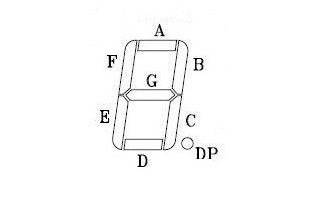
The dynamic drive is to connect the terminals with the same name of the 8 display strokes “a, b, c, d, e, f, g, dp” of all digital tubes together, and add a bit strobe to the common pole COM of each digital tube Control circuit, the bit strobe is controlled by independent I/O lines. When the single-chip microcomputer outputs the font code, all the digital tubes receive the same font code, but which digital tube will display the font depends on the alignment of the single-chip microcomputer. The control of the COM terminal circuit is gated, so we only need to open the strobe control of the digital tube that needs to be displayed, and the bit will display the font, and the digital tube without the strobe will not light up. By time-sharing and taking turns controlling the COM port of each digital tube, each digital tube is controlled and displayed in turn, which is dynamic drive. In the process of displaying in turn, the lighting time of each nixie tube is 1~2ms. Due to the persistence of vision and the afterglow effect of the light-emitting diodes, although in fact all the nixie tubes are not lit at the same time, as long as the scanning speed is sufficient Fast, the impression is that a set of stable display data will not flicker. The effect of dynamic display is the same as that of static display, which can save a lot of I/O ports and lower power consumption.


